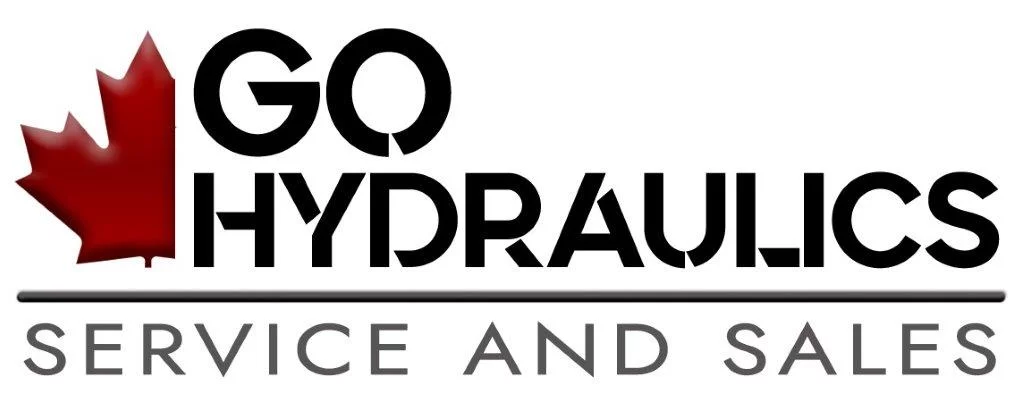When it comes to most hydraulic leaks, there’s usually no indication that one has sprung until the system’s performance has been greatly affected. Properly detecting leaks require both careful monitoring of the hydraulic system’s records and performing the necessary maintenance checks on a regular basis. If the need for hydraulic repairs is required, then doing so to fix the root cause of the leak, as opposed to simply putting a bandaid on it, will improve the efficiency of the machine for a longer period of time. Here are a few ways you can easily detect when a hydraulic leak has occurred.
Planned Leaks
In order to make sure a system can function effectively if a small leakage sprung, planned leaks within hydraulic systems are planted and monitored over time. Doing this will determine at what time and severity the leak will begin to affect day-to-day operating conditions. Planned leaks are small and planted internally, preventing any sign of its presence from appearing to outside observers. They’re usually small pathways that allow fluid from high pressurized zones to flow into low pressurized areas. Doing this cleans, lubricates and cools down certain components or larger areas.
Unplanned Leaks
These can happen because of bad system design, poor quality during manufacturing, incorrect component installation and inadequate rebuilding efforts. Because you can’t see these leaks from outside the machine, key visual indicators that a leak is occurring include increases in temperatures during operation, decreased system performance and lower reliability that the machine is doing its job.
If there’s a large decline in the power of the hydraulic system, then it’s likely that there’s an internal leak affecting the pumps and motors. This will result in a reduction in volumetric efficiency, where the input of energy will remain the same or even rise, but the hydraulic circuit can’t do as much work.
Allowing excess heat to continuously occur within your system will lead to an increase in the rate of leaks that occur. While reducing system performance and fluid film strength, it will also result in premature equipment wear and tear.
External Leakage
These are the most recognizable leaks because there are visual cues that don’t require you to break into the machine to see what’s going on. Everyone from novices to experts can spot an external leak and know that something isn’t functioning properly. These types of leaks, like a cracked hose line that’s spraying oil, can be easily repaired before the system’s performance can be greatly affected. An external leak can also be a safety hazard, meaning it can’t be left out in the open and ignored for longer than necessary.
Once any unplanned leaks have been identified, the necessary hydraulic repairs need to be done to ensure that your system works as efficiently as possible. If you want your hydraulic systems to function properly, take the time to inspect them regularly and have them professionally maintained whenever appropriate.
At S&T Hydraulics, our experienced team specializes in both the repair and reconstruction of hydraulic components, including pumps, motors, cylinders, valves and more. With over 30 years of experience in the manufacturing, agricultural, automotive and mobile industries, call us today and get yourself a free job estimate.


Recent Comments